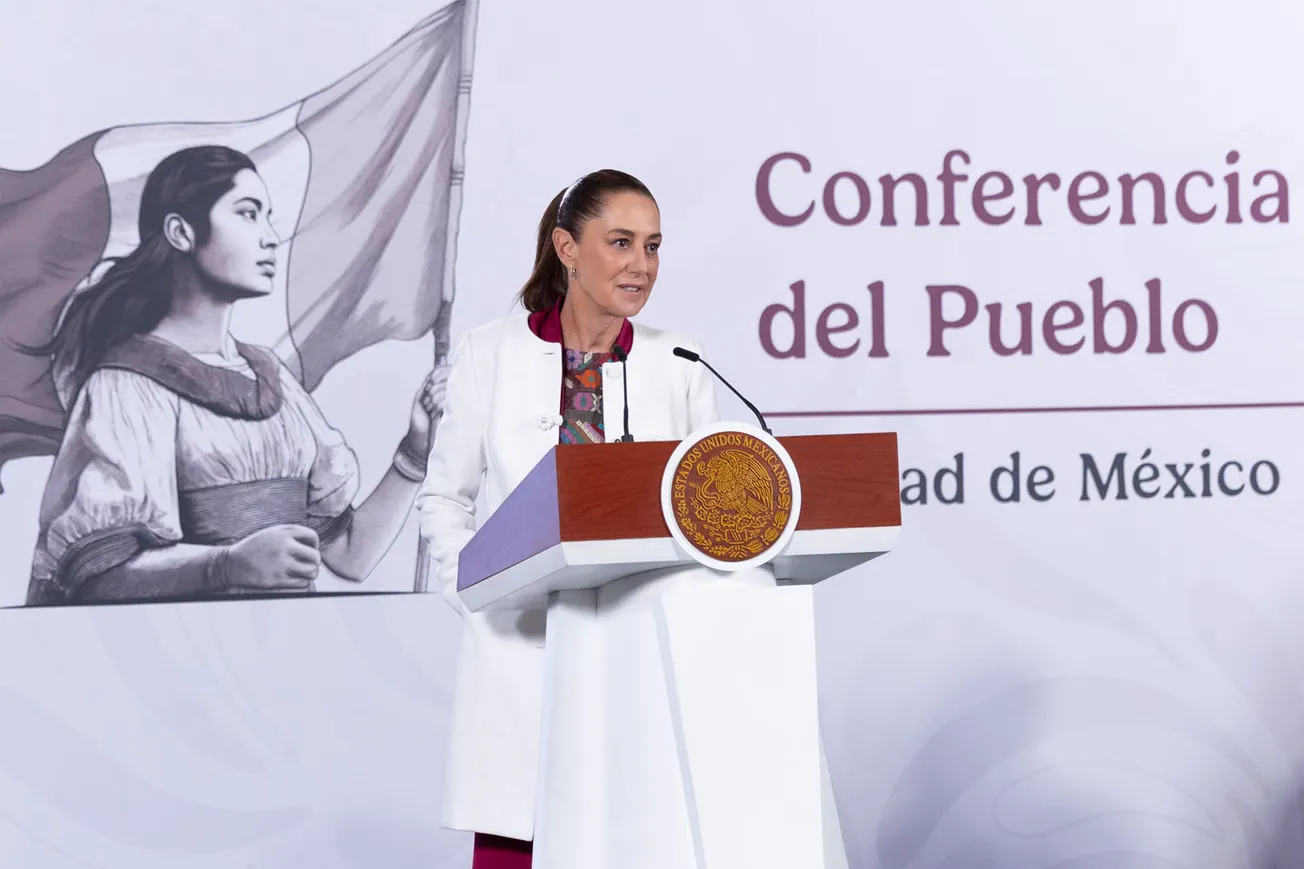The New Horizons spacecraft was launched in 2006, and made a flyby around Pluto in July 2015; in 2019, the probe reconnoitered the Kuiper Belt Object (KBO) Arrokoth. Both encounters returned astonishing images and a treasure trove of transformative data. In March 2023, AI software capability on Earth had been added to the capabilities of the Japanese Subaru Telescope in Hawaii, enabling the telescope to assist New Horizons in identifying additional KBOs.
Now, New Horizons is more than 5 billion miles away from Earth, and is designed to continue operating through 2050. The Kuiper Belt is a donut-shaped region of icy bodies beyond the orbit of Neptune; Pluto is within the Kuiper Belt, and there are possibly millions of these icy objects in this region.
Congress has cut the budget for NASA, and the New Horizons budget may be drastically cut, with the experienced team to be replaced by greenhorns, possibly endangering the entire mission. All this to save a measly $3 million.
Space.com reported yesterday, “The principal investigator of the mission from its earliest days, Dr. Alan Stern, is not happy about the situation. ‘New Horizons is the only spacecraft in the Kuiper Belt, and the only one currently planned to go there. We have valuable new Kuiper Belt observations, and a search for a new flyby target, still to complete every year until we leave the Belt. Quitting this exploration prematurely, after spending nearly $1 billion to get New Horizons to the Kuiper Belt, seems to many of us to be tragically mistaken, a poor use of taxpayer money, and a lost scientific opportunity that can never be recovered from.’”
It continued, “While we can expect cuts across a variety of NASA programs and missions, the current New Horizons budget is about on par with other long-serving veterans of deep space explorations, Voyagers 1 and 2. We’re talking well under $10 million per year, which in government terms is a pittance ... especially when you consider the expense of getting the spacecraft where they are today. That is a sunk cost, and the potential, congoing science returns from the mission are the dividends.
“When New Horizons flew past Pluto, it returned an unprecedented look at the previously mysterious world and its large moon, Charon. Previous to this, the best images of Pluto came from the Hubble Space Telescope and were mere smudges just a few pixels across. The imagery and data returned from New Horizons upended many assumptions about not just Pluto and Charon, but also about the outer Solar System.
“‘Horizons literally wrote the book on Pluto and its system of moons. Before New Horizons, almost nothing was known. Today the New Horizons spacecraft and team have made Pluto one of the best known worlds in the solar system,’ Stern said.”
On top of that, we must add in the incalculable boost to optimism and increased interest in science, astronomy, engineering and other facets of a robust space program.
Scientists and concerned citizens of all ages are urged to get active; “only through public action will our voices be heard and the mission continued at its full capability. It may be many decades before another robotic craft is sent this way; perhaps longer. Your voice counts. Go to the Save New Horizons petition page to let NASA know that science matters.”
If need be, take out your calculator and moral compass, and weigh the options—$75 billion in aid to Ukraine, or $3 million to maintain an irreplaceable space mission?





